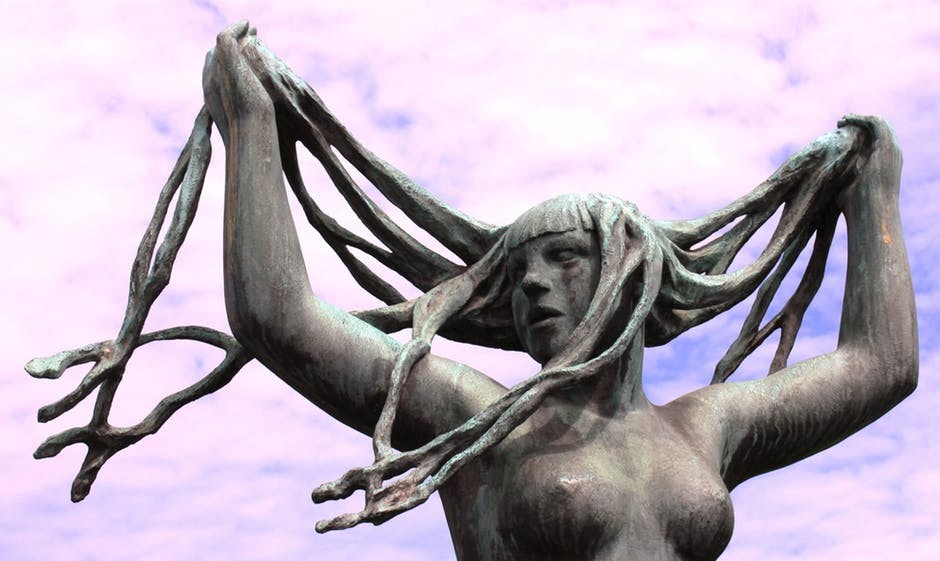
The Secretary of State for Health, Jeremy Hunt, announced in the House of Commons that 450,00 women missed out on breast cancer screening invitations due to an IT error. He apologised wholeheartedly on behalf of the government and said: “tragically, there are likely to be some people in this group who would have been alive today if the failure had not happened.”
Commentators have referred to the failure as a scandal and attribute it to incompetence. The chief executive of Breast Cancer Care, Samia al Qadhi, said: “Hundreds of thousands of women across England have been failed by this appalling error and some have had their lives shortened as a result.” Baroness Delyth Morgan, chief executive of Breast Cancer Now, went further. She called it a “colossal systemic failure” and said it is “beyond belief that this major mistake has been sustained for almost a decade”.
Hitachi Consulting, the IT firm whose software was blamed for the error has said that its computer algorithm does exactly what they had been asked to make it do. In other words, it was either a fault in the specification of the IT system, or a fault in the way people use the system. It is much easier to blame a computer than to admit to human error.
What is going on? How could there be such an enormous administrative error?
Let’s start with some history. When breast cancer screening was introduced in the UK in 1988 it was offered to women aged 50-64 every three years. In the mid-1990s, it was recognised that many other countries offered screening until age 69 or older, but there was concern in the UK that older women might not attend. Three demonstration projects were carried out in women aged 65-69 and showed that attendance in this age-group was the same as for younger women. Therefore, a decision was taken in 2000 to extend the screening programme to include women aged 65-70. Screening up to age 70 offers two further screening invitations whereas stopping at age 69 provides only one. When breast screening invitations were finally sent to older women – most of the country only started screening large numbers of women aged 65-70 in 2005 (the extension to older women was phased in over a period of three years) – some health authorities correctly invited women aged 65-70 (inclusive) but other only invited women up to their 70th birthday. An enquiry chaired by Lynda Thomas, the chief executive of Macmillan cancer support, and Professor Martin Gore will determine what went wrong, but I would put money on the problem being a local mix-up as to whether 70-year-old women were to be included.
Whatever the arguments about breast cancer screening, there was a government policy to offer screening to women aged 50-70, but it was not implemented properly. For that women deserve an apology.
Want to know more about this? Read our next blog here
For further thoughts from ‘experts’ on this story: https://www.hsj.co.uk/story
Want an update on this story? Both the National health Executive and the Guardian have interesting follow-ups.
Update: Read the full inquiry report here.
The views expressed are those of the author. Posting of the blog does not signify that the Cancer Prevention Group endorse those views or opinions.

You are so cool! I do not believe I have read through
a single thing like this before. So nice to find another person with genuine thoughts
on this topic. Really.. thanks for starting this up.
This website is one thing that’s needed on the web, someone with a bit
of originality!